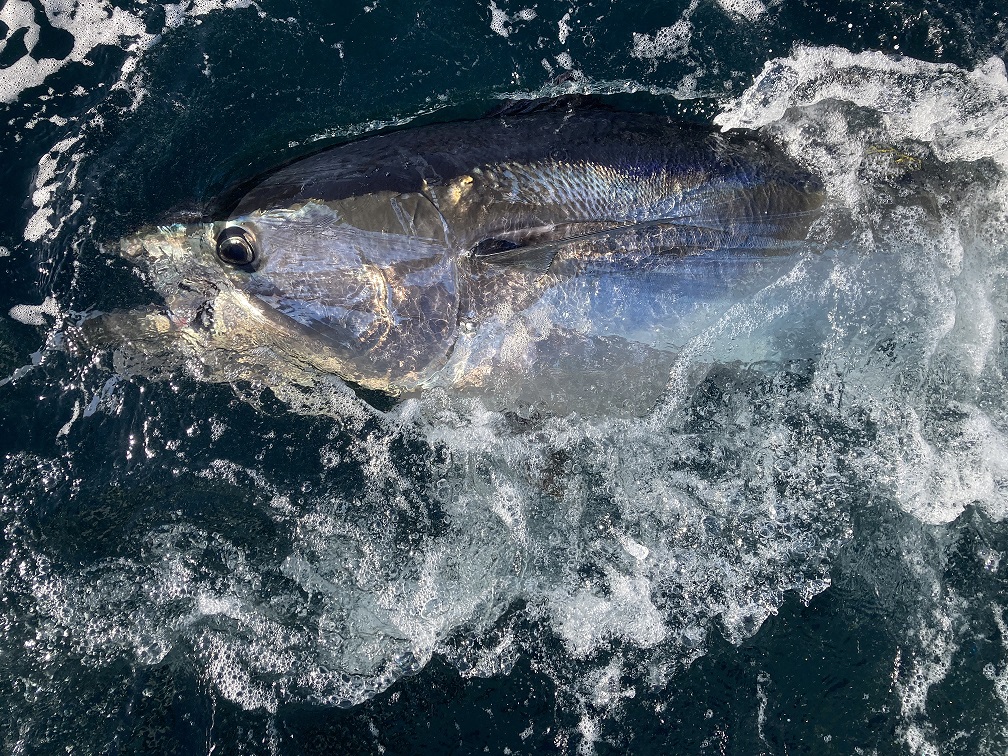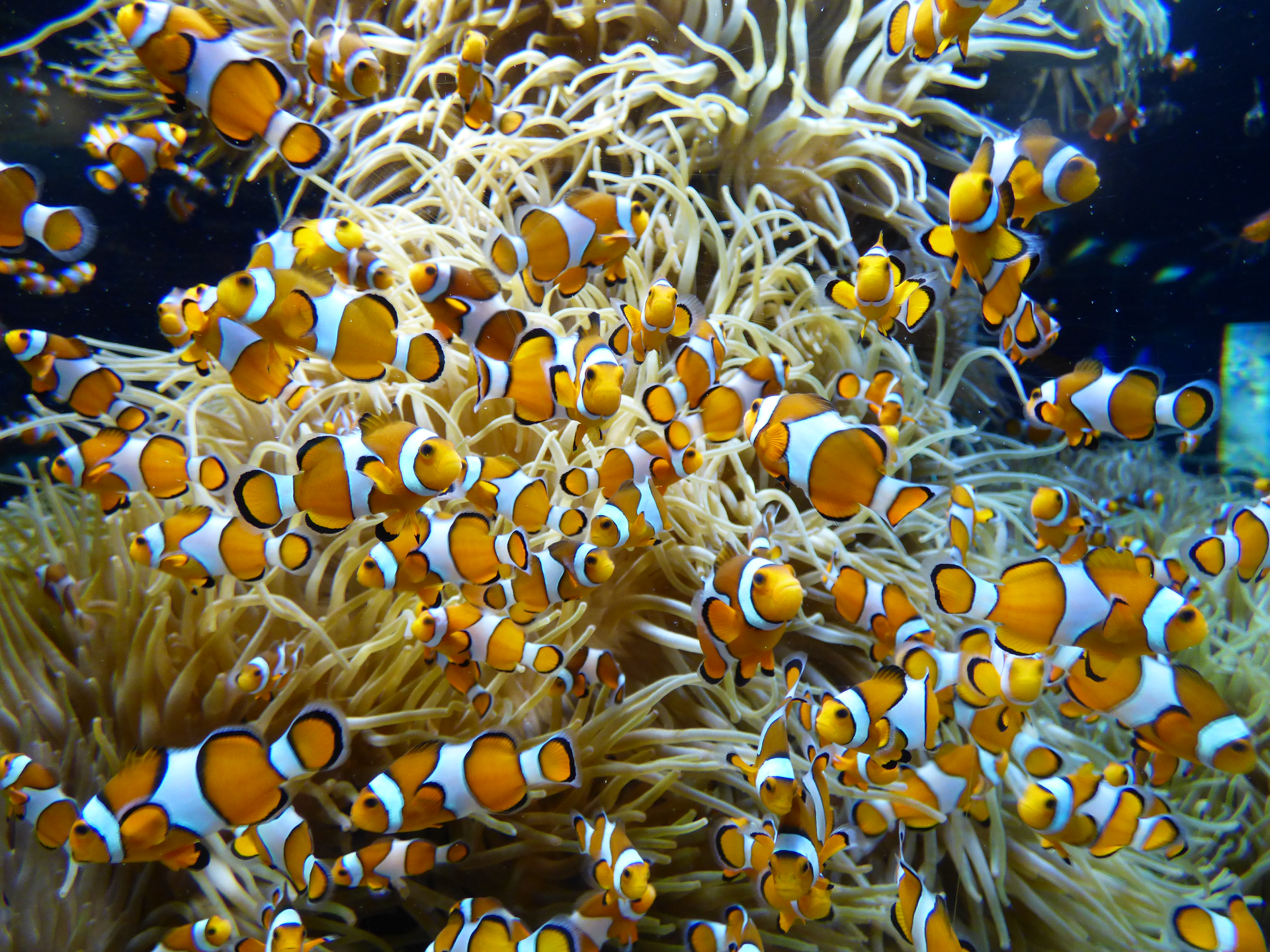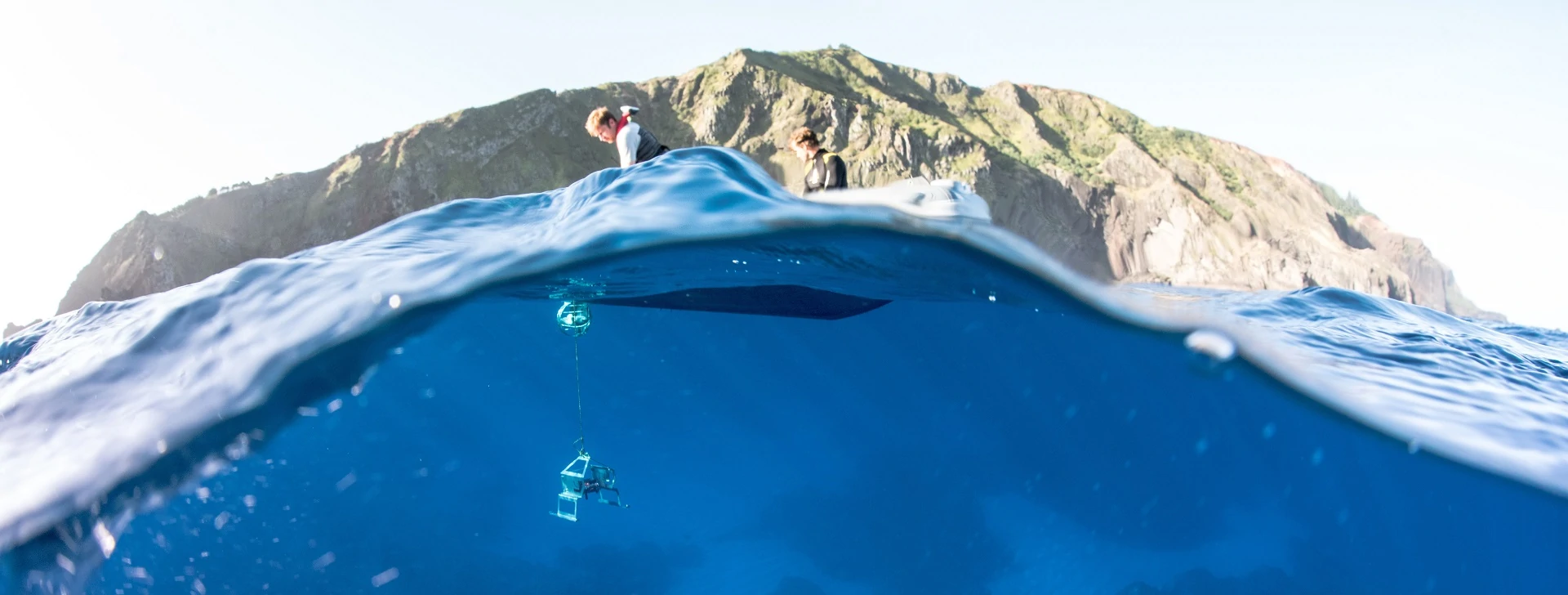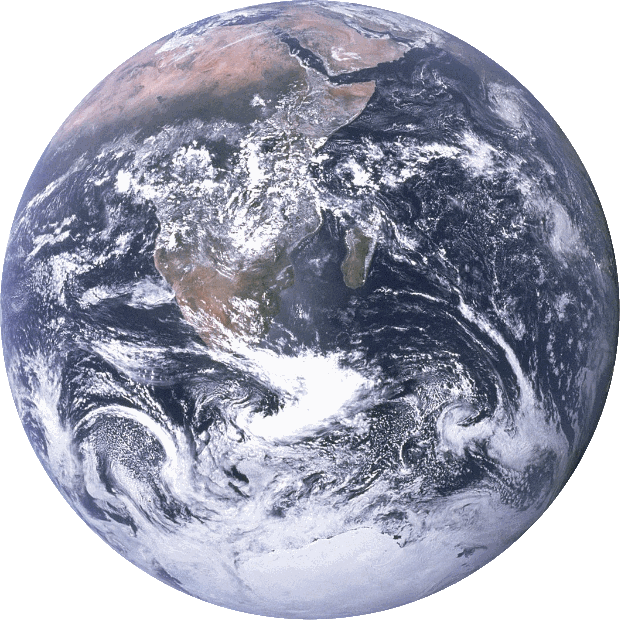Annual statistics for regulated scientific procedures performed on protected animals 2022
In the UK, research with protected (sentient) animals that has the potential to cause suffering is regulated under the Animals (Scientific Procedures) Act 1986 (Amended Regulations 2012), usually referred to as ASPA. This regulation requires researchers to minimise animal use and suffering, and to report the numbers of individuals used and the severity of the harm they experienced to the Home Office. As a signatory of the Concordat on Openness on Animal Research, Cefas is publishing its statistics on use of animals in regulated scientific procedures in 2022 (Table 1), with additional tables to enable comparison to previous years (Tables 2 and 3).

Cefas conducts applied research using fish which aims to: protect wild populations, biodiversity and the environment; and reduce disease and improve welfare in cultured stocks. In support of these aims, in 2022 Cefas used 2,093 individuals across six species in scientific procedures that had the potential to cause suffering to the fish (Table 1). The species used reflect their importance to aquaculture, fisheries, environmental quality and recreational fishing, as well as laboratory (model) species.
There is considerable variation between years in the species and numbers of fish used by Cefas (Table 2). The total number of animals used in 2022 decreased from 2021, continuing the trend from 2016 (Table 2). Annual fluctuations largely reflect changes in laboratory and field research programmes, with some programmes being limited by COVID-19 restrictions in 2020 and 2021.
The most commonly recorded severity in 2022 was mild. However, the pattern of severity was different to previous years, with an increased proportion of fish judged to have experienced severe suffering (Table 3). Previous severe figures mainly reflect pathogen challenge experiments aiming to understand and reduce disease, a major welfare issue for the millions of fish farmed in the UK. Each experiment exposing fish to pathogens requires internal statistical and ethical approval, and the fish are assessed several times a day, with individuals being euthanised when clinical signs match pre-specified humane end-points. In 2022, several young zebrafish batches (8-10 days post fertilisation) originating from an experimentally-treated parent population were unexpectedly found dead; these fish were judged to have experienced severe suffering, above that expected. The deaths were attributed to a system failure, as control and treatment fish were affected, and the event was reported to the Home Office. Although guidance indicates this may have been a non-procedural harm, numbers were included under severe for openness.
Cefas maintains a culture of care, supported by its Animal Welfare and Ethical Review Bodies which ensure all animal use is justified. Researchers optimise numbers used via appropriate experimental designs and minimise suffering by implementing humane end-points and frequent monitoring. We incorporate environmental enrichment into laboratory tanks where appropriate. Cefas researchers are active in the implementation and promotion of the 3Rs (Replacement, Refinement & Reduction) of animal use in research. For example, Cefas has a long track record of developing and using electronic data storage tags that collect a wealth of data from individual wild fish. Within the last year we have also published a guide on the care of laboratory sticklebacks.
Glossary (terms as defined in the Guidance on the Operation of ASPA):
Regulated procedure: “A procedure is regulated if it is carried out on a protected animal for a scientific or educational purpose and may cause that animal a level of pain, suffering, distress or lasting harm equivalent to, or higher than, that caused by inserting a hypodermic needle according to good veterinary practice.”
Sub-threshold: “below the level of pain, suffering, distress or lasting harm equivalent to that caused by inserting a hypodermic needle according to good veterinary practice”.
Non-recovery: “Procedures which are performed entirely under general anaesthesia from which the animal shall not recover consciousness”.
Mild: “Procedures on animals as a result of which the animals are likely to experience short-term mild pain, suffering or distress, as well as procedures with no significant impairment of the well-being or general condition of the animals”.
Moderate: “Procedures on animals as a result of which the animals are likely to experience short-term moderate pain, suffering or distress, or long-lasting mild pain, suffering or distress as well as procedures that are likely to cause moderate impairment of the well-being or general condition of the animals”.
Severe: “Procedures on animals as a result of which the animals are likely to experience severe pain, suffering or distress, or long-lasting moderate pain, suffering or distress, as well as procedures that are likely to cause severe impairment of the well-being or general condition of the animals”.
Table 1: Cefas use of protected animals within regulated scientific procedures in 2022 by actual severity level. Number of individual procedures by species. Names are according to the FAO’s ASFIS List of Species for Fishery Statistics Purposes.
|
Common name |
Scientific name |
Sub-threshold |
Non-recovery |
Mild |
Moderate |
Severe |
Total
|
% |
|
Zebrafish(=Zebra danio) |
Danio rerio |
50 |
0 |
149 |
153 |
527 |
879 |
42% |
|
Common carp |
Cyprinus carpio |
120 |
0 |
231 |
92 |
37 |
480 |
23% |
|
Orfe(=Ide) |
Leuciscus idus |
60 |
0 |
170 |
0 |
10 |
240 |
11% |
|
Rudd |
Scardinius erythrophthalmus |
60 |
0 |
180 |
0 |
0 |
240 |
11% |
|
Tench |
Tinca tinca |
60 |
0 |
180 |
0 |
0 |
240 |
11% |
|
Atlantic bluefin tuna |
Thunnus thynnus |
0 |
0 |
14 |
0 |
0 |
14 |
1% |
|
Total for all species |
Total for all species |
350 |
0 |
924 |
245 |
574 |
2,093 |
100% |
|
% |
% |
17% |
0% |
44% |
12% |
27% |
100% |
|
Table 2: Cefas use of protected animals within regulated scientific procedures 2016-2022 by species. Number of individual procedures by species and year. Names are according to the FAO’s ASFIS List of Species for Fishery Statistics Purposes.
|
Common name |
Scientific name |
2016 |
2017 |
2018 |
2019 |
2020 |
2021 |
2022 |
Annual average |
|
Atlantic salmon |
Salmo salar |
4,568 |
707 |
983 |
0 |
457 |
2,490 |
0 |
1,315 |
|
Sea (brown) trout |
Salmo trutta |
4,549 |
3,756 |
554 |
0 |
0 |
25 |
0 |
1,269 |
|
Ballan wrasse |
Labrus bergylta |
0 |
1,041 |
2,338 |
0 |
0 |
0 |
0 |
483 |
|
Rainbow trout |
Oncorhynchus mykiss |
36 |
882 |
0 |
47 |
1,293 |
845 |
0 |
443 |
|
Common carp |
Cyprinus carpio |
590 |
160 |
120 |
316 |
84 |
234 |
480 |
283 |
|
European eel |
Anguilla anguilla |
1,297 |
204 |
68 |
0 |
0 |
0 |
0 |
224 |
|
European seabass |
Dicentrarchus labrax |
309 |
573 |
68 |
476 |
51 |
34 |
0 |
216 |
|
Lumpfish |
Cyclopterus lumpus |
0 |
0 |
0 |
239 |
408 |
448 |
0 |
156 |
|
Eurasian minnow |
Phoxinus phoxinus |
0 |
0 |
1,006 |
0 |
0 |
0 |
0 |
144 |
|
Zebrafish(=Zebra danio) |
Danio rerio |
0 |
0 |
0 |
0 |
0 |
0 |
879 |
126 |
|
Bullhead |
Cottus gobio |
0 |
0 |
802 |
0 |
0 |
0 |
0 |
115 |
|
Three-spined stickleback |
Gasterosteus aculeatus |
0 |
0 |
142 |
285 |
0 |
0 |
0 |
61 |
|
Orfe(=Ide) |
Leuciscus idus |
0 |
0 |
0 |
0 |
0 |
0 |
240 |
34 |
|
Rudd |
Scardinius erythrophthalmus |
0 |
0 |
0 |
0 |
0 |
0 |
240 |
34 |
|
Tench |
Tinca tinca |
0 |
0 |
0 |
0 |
0 |
0 |
240 |
34 |
|
Chub |
Leuciscus cephalus |
0 |
160 |
2 |
0 |
0 |
0 |
0 |
23 |
|
Barbel |
Barbus barbus |
0 |
160 |
0 |
0 |
0 |
0 |
0 |
23 |
|
European smelt |
Osmerus eperlanus |
50 |
0 |
0 |
79 |
12 |
18 |
0 |
23 |
|
Turbot |
Scophthalmus maximus |
0 |
84 |
56 |
0 |
0 |
0 |
0 |
20 |
|
Starry smooth-hound |
Mustelus asterias |
0 |
14 |
99 |
12 |
0 |
0 |
0 |
18 |
|
Goldfish |
Carassius auratus |
0 |
0 |
120 |
0 |
0 |
0 |
0 |
17 |
|
Thornback ray |
Raja clavata |
0 |
51 |
0 |
51 |
0 |
0 |
0 |
15 |
|
Undulate ray |
Raja undulata |
0 |
0 |
65 |
5 |
0 |
0 |
0 |
10 |
|
Grayling |
Thymallus thymallus |
34 |
21 |
15 |
0 |
0 |
0 |
0 |
10 |
|
Small-eyed ray |
Raja microocellata |
0 |
0 |
0 |
65 |
3 |
0 |
0 |
10 |
|
Blonde ray |
Raja brachyura |
0 |
0 |
0 |
1 |
61 |
0 |
0 |
9 |
|
Atlantic bluefin tuna |
Thunnus thynnus |
0 |
0 |
0 |
3 |
18 |
13 |
14 |
7 |
|
Picked dogfish |
Squalus acanthias |
0 |
0 |
0 |
1 |
0 |
43 |
0 |
6 |
|
Stone loach |
Barbatula barbatula |
0 |
0 |
39 |
0 |
0 |
0 |
0 |
6 |
|
Roach |
Rutilus rutilus |
0 |
3 |
26 |
0 |
0 |
0 |
0 |
4 |
|
Sea lamprey |
Petromyzon marinus |
0 |
28 |
0 |
0 |
0 |
0 |
0 |
4 |
|
European brook lamprey |
Lampetra planeri |
0 |
0 |
18 |
0 |
0 |
0 |
0 |
3 |
|
Spotted ray |
Raja montagui |
0 |
0 |
0 |
0 |
17 |
0 |
0 |
2 |
|
European perch |
Perca fluviatilis |
0 |
0 |
8 |
0 |
0 |
0 |
0 |
1 |
|
Northern pike |
Esox lucius |
0 |
3 |
3 |
0 |
0 |
0 |
0 |
1 |
|
Gudgeon |
Gobio gobio |
0 |
0 |
1 |
0 |
0 |
0 |
0 |
0 |
|
Angelshark |
Squatina squatina |
0 |
0 |
0 |
0 |
0 |
1 |
0 |
0 |
|
Total for all species |
Total for all species |
11,433 |
7,847 |
6,533 |
1,580 |
2,404 |
4,151 |
2,093 |
5,149 |
|
Number of species used |
Number of species used |
8 |
16 |
21 |
13 |
10 |
10 |
6 |
12 |
Table 3: Cefas use of protected animals within regulated scientific procedures 2016-2022, percentage by severity (actual severity for 2018 onwards).
|
Year |
Sub-threshold |
Non-recovery |
Mild |
Moderate |
Severe |
Total |
|
2016 |
1% |
0% |
93% |
6% |
0% |
100% |
|
2017 |
3% |
0% |
84% |
11% |
2% |
100% |
|
2018 |
4% |
0% |
83% |
14% |
0% |
100% |
|
2019 |
16% |
0% |
76% |
8% |
1% |
100% |
|
2020 |
10% |
0% |
36% |
53% |
1% |
100% |
|
2021 |
19% |
0% |
17% |
61% |
3% |
100% |
|
2022 |
17% |
0% |
44% |
12% |
27% |
100% |


